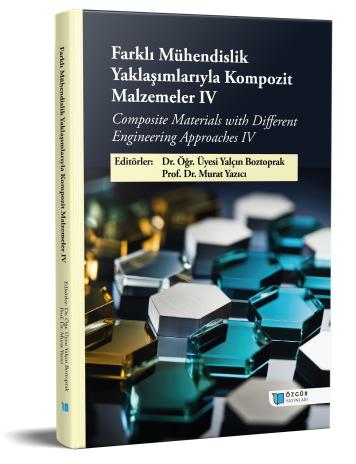
Additive Manufacturing in the Automotive Industry
Şu kitabın bölümü:
Boztoprak,
Y.
&
Yazıcı,
M.
(eds.)
2023.
Farklı Mühendislik Yaklaşımlarıyla Kompozit Malzemeler IV.
Özet
The market for materials derived from renewable resources has grown in recent years, driven by factors such as the need to decrease carbon emissions, lower fuel expenses in the automobile sector, address environmental contamination, and mitigate the risk of oil depletion. In the automotive sector, utilising components derived from sustainable sources not only mitigates emissions, but also decreases expenses, conserves fuel, and enhances vehicle weight efficiency. The automotive sector is a globally competitive industry. Continuously, fresh marketplaces and diverse designs are arising with the aim of enticing clients, necessitating the adoption of novel production methodologies to accommodate the automotive sector. Biocomposites are utilised in the automobile sector because of their biodegradability, lightweight nature, ease of manufacturing, and high specific strength. The utilisation of additive manufacturing in automobile parts production is advantageous due to its rapid production capabilities, minimal equipment requirements, and suitability for the fabrication of biocomposites. The paper provides examples derived from contemporary scientific findings and industrial applications. The additive manufacturing (AM) method facilitates both prototyping and the design and production of final products. AM enables the production of diverse profiles while minimising resource usage. Additive manufacturing offers a substantial competitive edge in this industrial sector by offering production flexibility and the ability to create customised vehicle components as needed.

